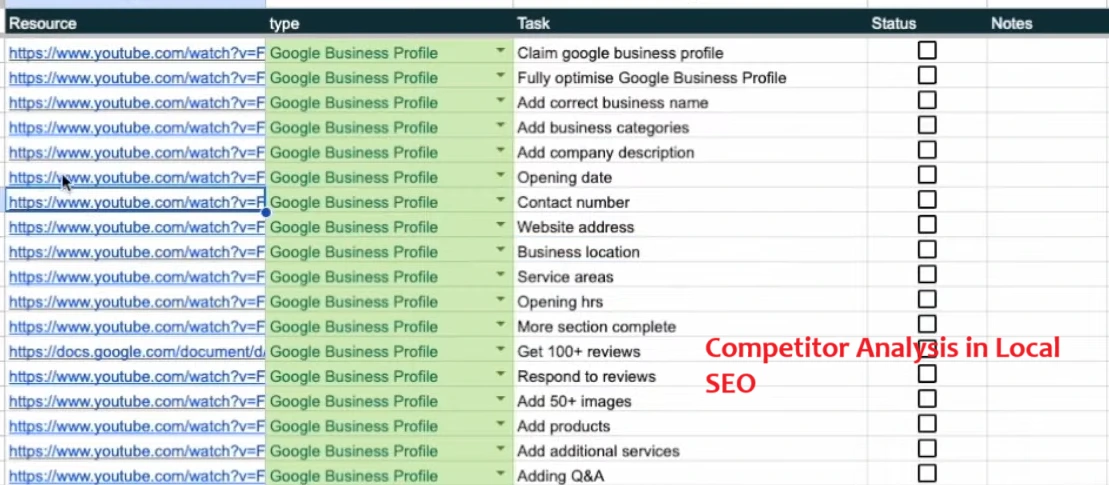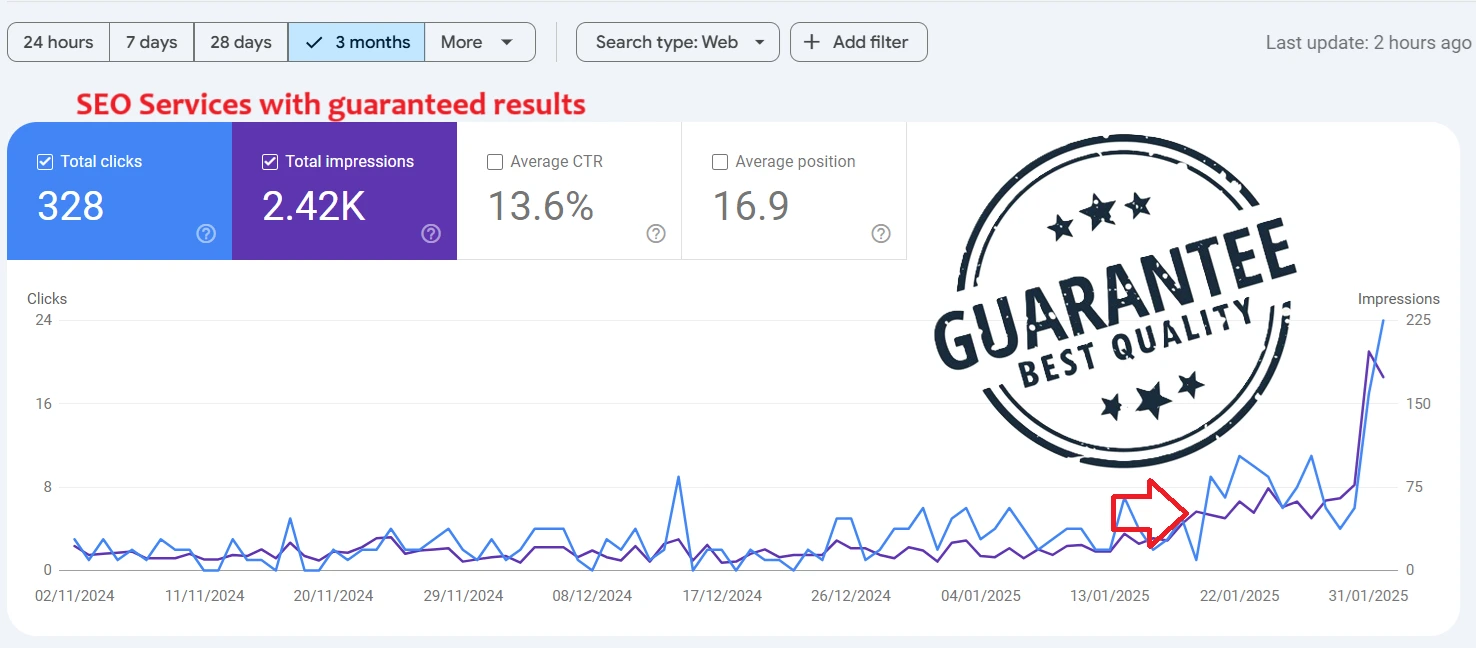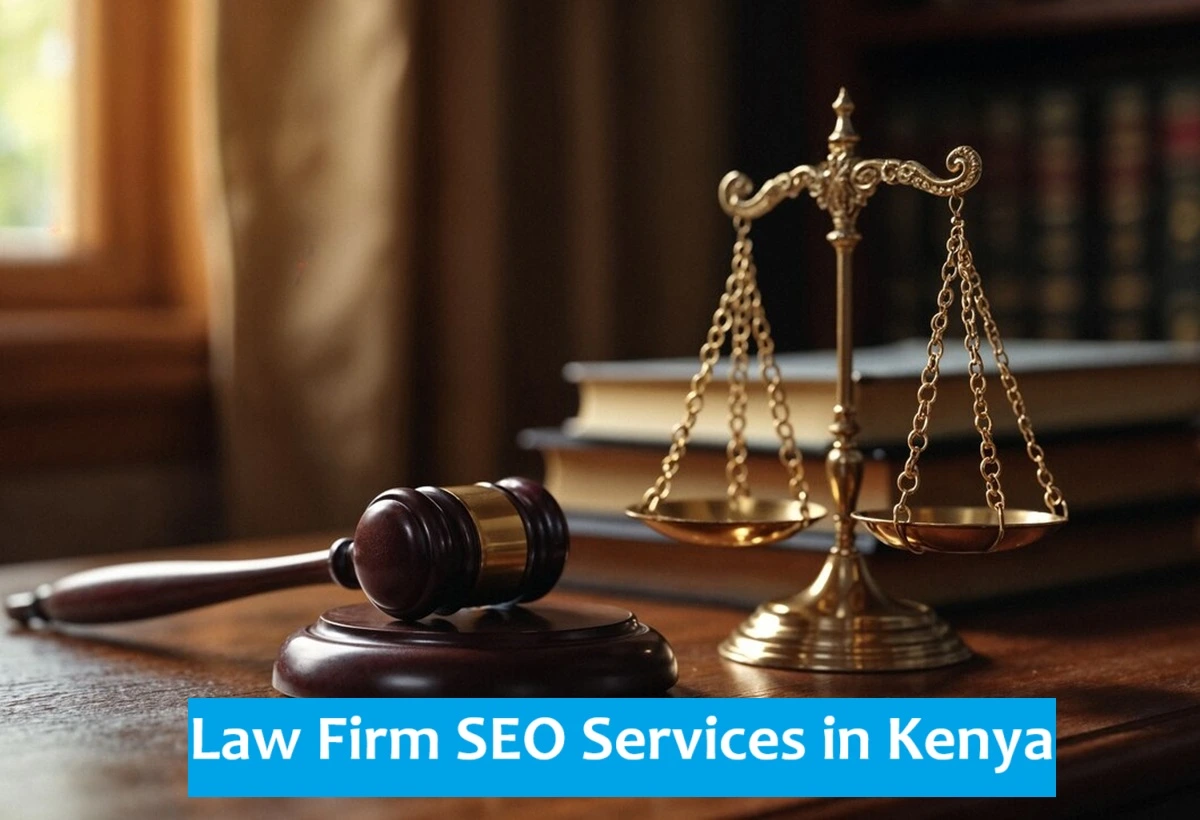
Competitor analysis is a powerful way to understand why other websites rank higher. It helps you identify gaps in your SEO strategy and areas for improvement.
A structured approach can optimize your site and climb to the top of local search results in Kenya.
Gather Essential Competitor Data
To build a robust SEO strategy, understanding your competitor's strengths and weaknesses is crucial. Here's how you can systematically evaluate them step-by-step:
1. Assess Domain Age and Authority
The age of a domain often reflects its credibility in search rankings. Older domains tend to have built more authority over time.
Use tools like Ahrefs to check their domain age and domain rating. For example, if your competitor's domain is 10 years old with a high authority score, it’s a sign they’ve been consistently active in building links and content.
This gives you a benchmark for what you need to achieve.
2. Evaluate Indexed Pages
Knowing how many pages Google has indexed for your competitor gives insight into their content depth.
Perform a search using site:[competitor’s domain] on Google. If a competitor has 150 indexed pages while you have 40, it shows a significant gap in content quantity and coverage.
Focus on creating more high-quality, targeted pages to compete.
3. Analyze Organic Traffic and Top Keywords
Using tools like SEMrush or Ahrefs, look at the organic traffic your competitors are receiving. Export a list of their ranking keywords to see what drives their traffic.
For example, if they are ranking for long-tail keywords like "emergency plumbing Nairobi," it may indicate a lucrative niche you should target.
4. Review Top Pages
Go further into their top-performing pages to understand what content resonates most with their audience.
Tools like Ahrefs can show you which pages generate the most traffic and the keywords those pages are ranking for. This can inform your content strategy to replicate and improve on their success.
5. Examine Backlinks and Referring Domains
Check the quantity and quality of backlinks pointing to your competitors. Use tools like Ahrefs or SEMrush to identify the sources of their backlinks.
A competitor with 80 backlinks from high-authority websites has a clear advantage. Use this data to plan your link-building strategy by targeting similar or better sources.
6. Assess Reviews and Local Business Signals
Reviews on platforms like Google Business Profiles are crucial for local SEO. Compare the number of reviews your competitor has and their ratings.
For example, if they have 200 reviews averaging 4.5 stars while you have 50 reviews at 4.0, aim to close the gap by encouraging more satisfied customers to leave reviews.
7. Check Website Speed and Performance
Website speed impacts both user experience and rankings. Run their website through GTmetrix or Google PageSpeed Insights to check loading speeds and performance grades.
If their site is faster, address your own website’s performance to remain competitive.
This step-by-step analysis highlights areas where your competitors excel and reveals opportunities for you to gain an edge.
When you document these findings, you’ll have a clear roadmap to outperform them in local SEO.
Categorize and Audit Website Pages
A well-structured website is key to improving local SEO. To get started, you need to audit your pages and organize them into clear categories.
Here’s how to do it step by step:
1. Crawl the Website
Use a tool like Screaming Frog to crawl the entire site. This tool collects all the URLs, titles, meta descriptions, header tags, and other on-page elements.
Export this data into a spreadsheet to review everything in one place.
2. Classify Page Types
Organize your pages into four main categories:
- Main navigation pages: These include essential pages like Home, Services, and Contact Us that are typically found in the navigation bar.
- Local landing pages: Pages targeting specific locations, such as “Plumbing Services in Nairobi.”
- Site information pages: Pages like “About Us” and “FAQs” that don’t necessarily target keywords but provide useful information.
- Blog pages: Content meant for engagement and traffic, covering industry topics or local insights.
3. Identify Missing or Duplicate Pages
Review your spreadsheet to spot gaps in your content. Are there key services or locations missing? Also, look for duplicate pages targeting the same keywords.
For example, two pages for the same plumbing service could confuse search engines. If duplicates exist, consolidate or redirect them to a single, optimized page.
4. Audit Titles and Meta Descriptions
Check if each page has a unique and optimized title and meta description. Titles should include primary keywords and stay within 55 characters.
Meta descriptions should be around 160 characters and provide a compelling reason to click. For example, instead of a generic title like “Services,” use something specific like “Reliable Plumbing Services in Nairobi.”
5. Examine Header Tags
Ensure every page uses proper header tags, especially H1s and H2s. Each page should have one H1 tag containing the main keyword.
Additional subheadings (H2s) should break the content into sections and include secondary keywords. If a page lacks these, update the content structure to make it SEO-friendly.
6. Mark Actionable Insights
For every page, note the improvements needed. For instance:
- Add missing H1 tags.
- Rewrite duplicate titles.
- Optimize meta descriptions with keywords.
7. Focus on Local Relevance
For local landing pages, emphasize the targeted location in titles, descriptions, and content. For example, “Plumbing Services in Mombasa” should be tailored to address the needs of customers in that city.
By categorizing and auditing your pages, you create a clear structure for your website. This ensures better user navigation and helps search engines understand your site’s purpose.
It’s a critical foundation for ranking higher in local search results.
Optimize Website Content
Now that your pages are categorized and audited, the next step is to ensure the content on your website is optimized for local SEO.
This involves making each page relevant, keyword-focused, and engaging for your audience.
1. Revamp Service Pages
Your service pages should clearly describe the services you offer while incorporating keywords that potential customers are searching for.
For example, if you offer plumbing services in Nairobi, include phrases like “Professional Plumbing Services in Nairobi” naturally throughout the content.
Ensure the text is concise, informative, and addresses customer needs.
2. Add Local Keywords
Incorporate location-based keywords on your local landing pages. For instance, instead of “We provide plumbing services,” say “We provide plumbing services in Kisumu.”
This signals to search engines that your business serves a specific area.
3. Ensure Unique Content
Avoid duplicate content across pages. For example, a page targeting “Plumbing Services in Nairobi” should have distinct text compared to one targeting “Plumbing Services in Mombasa.”
While the core message may remain similar, rewrite and customize the content for each location to make it unique.
4. Write Engaging Titles and Descriptions
Every page needs an attention-grabbing title and a meta description that encourages clicks. A good title for a local service page could be “Expert Plumbers in Nairobi – Fast and Reliable Service.”
Pair this with a description like, “Looking for trusted plumbers in Nairobi? We offer emergency repairs, installations, and more. Contact us today!”
5. Include Local Details
Mention local landmarks, neighborhoods, or unique challenges your services address in that area.
For instance, “We understand the plumbing needs of Nairobi residents, from dealing with high-rise apartments to water supply challenges.”
6. Add Internal Links
Link your pages to each other to create a logical navigation flow and distribute link equity. For example, your local landing pages can link to relevant blog posts or service pages.
Use anchor text like “Learn more about our plumbing services in Nakuru.”
7. Use High-Quality Visuals
Add relevant images to your pages, such as photos of your team at work, service locations, or equipment.
Make sure each image has an alt tag that includes the page’s primary keyword, such as “Plumbing services in Nairobi.”
8. Create a Call-to-Action (CTA)
Guide visitors on what to do next. Examples include “Call us for a free quote,” “Book your plumbing service today,” or “Get expert repairs in Mombasa now.”
Ensure the CTA is prominent and easy to find.
9. Optimize for Mobile Users
Ensure your content is easy to read on mobile devices. Use short paragraphs, clear headings, and buttons that are easy to tap.
Optimized content bridges the gap between search engine requirements and user expectations.
With well-written and strategically enhanced pages, your website will attract more local customers and keep them engaged.
Competitor Website Performance
Understanding how your competitors' websites perform is essential for crafting an effective local SEO strategy.
Here’s how to analyze their performance and apply these insights.
1. Organic Traffic and Keywords
Identify the organic traffic your competitors are receiving and the keywords driving this traffic. Tools like SEMrush or Ahrefs can help.
Enter the competitor’s domain, and note:
- Top Keywords: Which keywords are generating the most clicks?
- Search Volume: Focus on high-traffic, location-based keywords like “best plumbers in Nairobi” or “affordable plumbing services in Kenya.”
Insights from these keywords can guide your own content creation and optimization.
2. Top Ranking Pages
Discover which pages are performing best for your competitors. Tools like SEMrush allow you to export a list of their top pages.
Analyze these pages for:
- Content Length and Quality: How detailed is their content?
- Keyword Use: How are keywords incorporated in titles, meta descriptions, and throughout the page?
- Page Structure: Check for user-friendly layouts, internal links, and mobile responsiveness.
Reverse engineering these high-performing pages can reveal opportunities to improve or create similar pages on your website.
3. Website Speed and User Experience
A fast website with a seamless user experience often ranks higher. Use tools like Google PageSpeed Insights or GTMetrix to assess competitor performance.
Look at:
- Load Time: Aim for load times under 3 seconds.
- Mobile Friendliness: Ensure your site is as responsive as competitors.
If their site outperforms yours, consider implementing similar improvements.
Action Steps
- Use competitor keyword insights to build pages targeting similar or untapped keywords.
- Optimize your top pages to exceed the quality and relevance of competitor pages.
- Enhance website speed and mobile usability to attract more visitors and improve rankings.
Get Local SEO Services Kenya
Ready to outrank your competitors and boost your local SEO performance?
Let us help you analyze, strategize, and optimize your way to the top of search results in Kenya.
📈 Book a consultation with our experts today and take the first step toward dominating your local market!
👉 Click here to book your consultation now
Let’s grow your online presence and turn clicks into customers.




